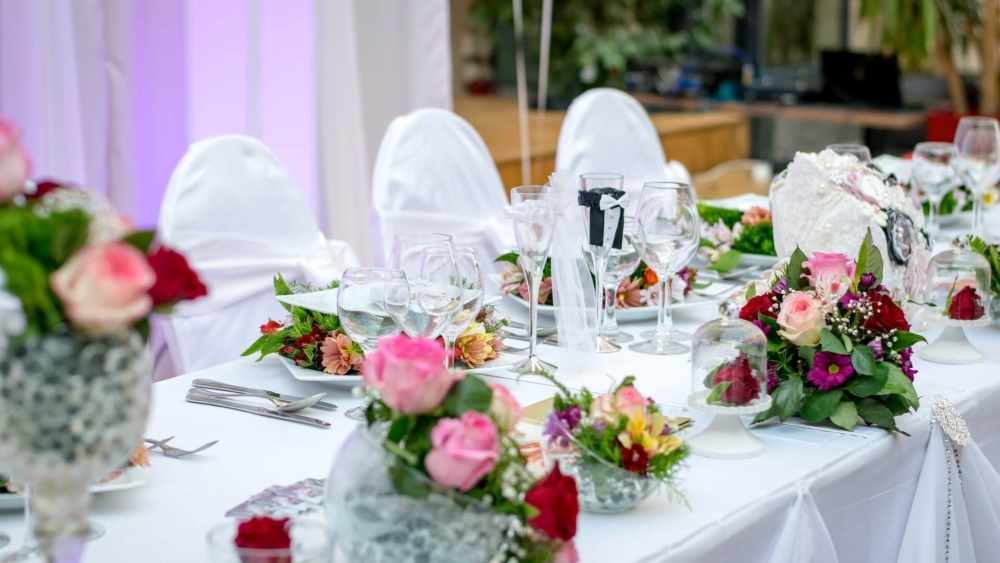When people think of PR events, they often think of big-bang launch events with the sole purpose of announcing the company’s latest achievements or milestones. However, PR events are much more than just an avenue to break news. They’re also a place to meet and foster relationships with different stakeholders, from journalists to potential customers.
Understandably, physical events were few and far between during the pandemic. PR folks had to pivot to virtual briefings and interviews for media engagements, which then changed the media relationship dynamics. Now that people have adjusted to virtual platforms, they are often used as just another digital tool for getting companies’ messages across rather than for mingling and building relationships.
Today, things are slowly taking a different turn as restrictions lift and people venture out of their homes, learning to coexist with the pandemic. As PR events ramp back up, and here are some reminders of what needs to be done to plan and host a successful event:
Stage 1: Planning a cool event
As part of your planning, the venue will be one of the first things that needs to be locked down. The right venue will help you create the vibe or convey the ambiance needed to support your event and fit the theme. For instance, if you’re launching a new camera, you will need a venue with strong natural sunlight or lighting that is able to give your guests the right experience when testing out the camera. That is why a site recce is important – you should never book a venue without personally viewing the place and asking questions.
Once you have the right venue, you then need to start working on the media materials that need to be prepared ahead of time – everything from invites to briefing documents. A workback timeline is extremely important to keep your team on track and aligned. The last thing you need when planning for a PR event is forgetting to do certain things and only remembering it on the event day itself.
Stage 2: Getting ready for the actual day
How smoothly the event day goes is all dependent on how much preparation you put in ahead of time. It is crucial to brief the working team on their respective roles and responsibilities a day before the event to ensure that it is still fresh in everyone’s mind. If time permits, a dry run or rehearsal is advisable to ensure not only the working team knows exactly what to do, but that the client and spokesperson understand their roles, too.
However, not everything always goes according to plan. When things go awry, this is when working teams need to stay calm, think on their feet and be resourceful. Always bring along an emergency bag of necessities that includes stationery and simple tools like safety pins (which have proven to be quite a lifesaver at the most unexpected times!). The key here is to anticipate for things to go sideways and be prepared for it. Like Doraemon, just imagine you have a magical pouch filled with all the things you need to make sure an event runs smoothly!
Stage 3: The event concludes
Many people think that after an event wraps, they can finally close the chapter and be done with it. However, this is usually not the case. Though the main event is over, it is still important to keep the conversation going and be in touch with the journalists and guests who attended the event. For instance, it is a good habit to send individual thank you notes to people for their time. While it may seem as a small gesture, these are the little things that make a great impression and help people remember your brand. Eventually,a journalist might ask for a quote or commentary because they remember you. After all, it is easier to reach out to someone they already know than searching for someone new.
Organising PR events is not something new. Many of us have done it before. But sometimes, it’s the extra steps that count. Thinking ahead and anticipating what’s next is the key to ensure a seamless and successful event.
Want to put together a kickass PR event? We can help: [email protected]

